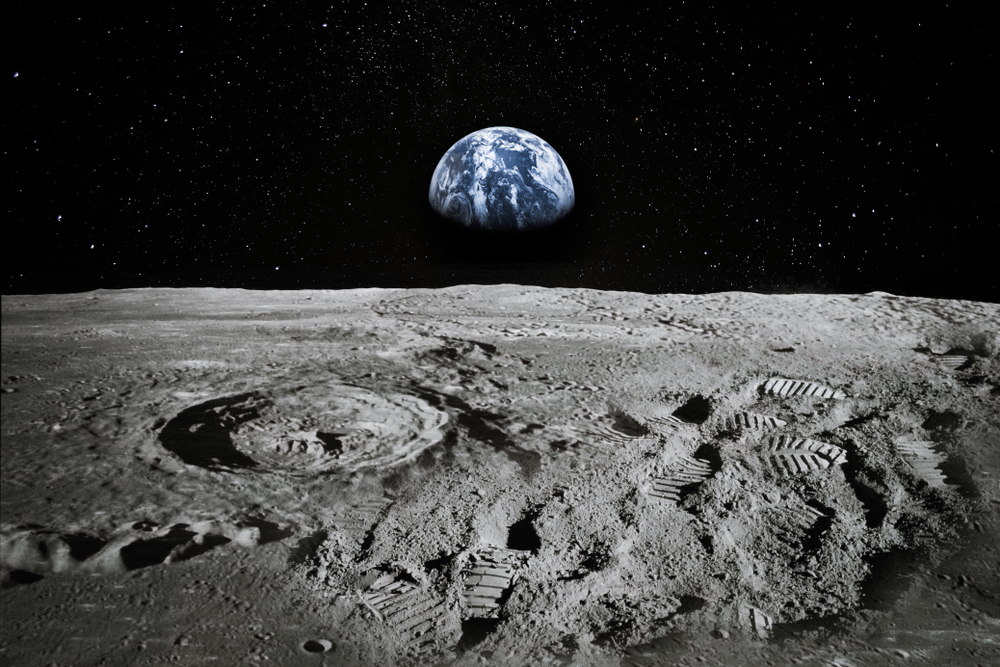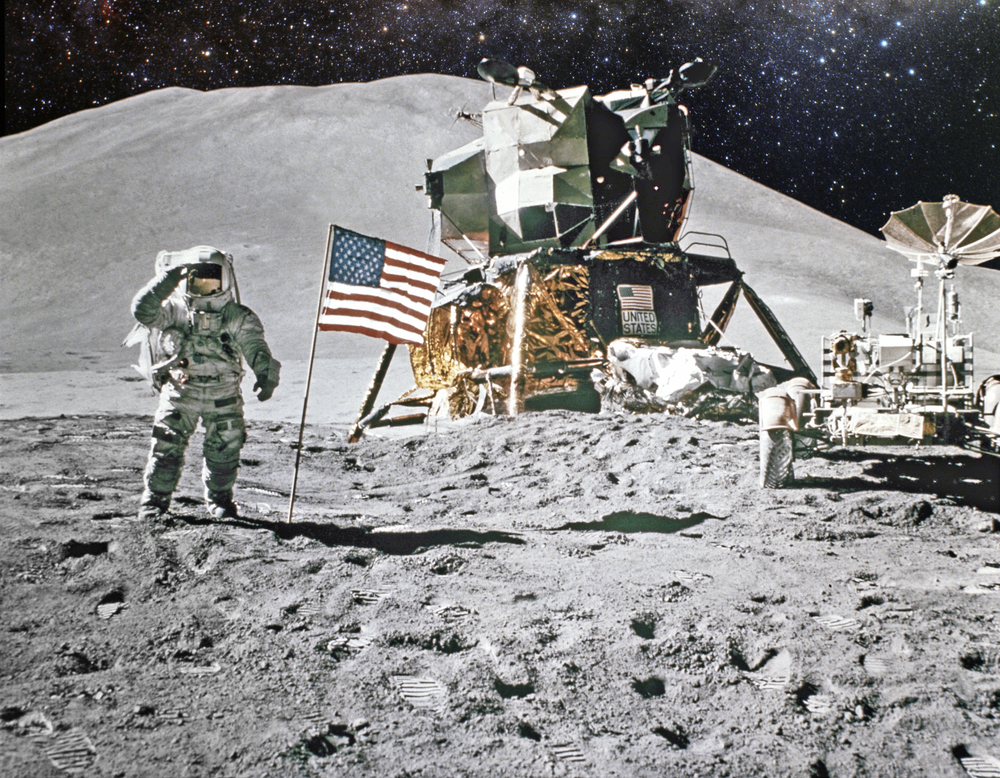Copyright © Everyday Narrative 2024. All rights reserved.
In an era where the final frontier seems ever within our grasp, the successful landing of the Odysseus lander on the lunar surface marks a significant milestone in human space exploration. This momentous event not only signals the United States’ triumphant return to the Moon since Apollo 17 in 1972 but also sets the stage for the ambitious future of lunar exploration. As we stand on the brink of a new dawn in space travel, it’s imperative to look back at the milestones that have shaped our lunar journey and forward to the future that awaits humanity’s exploratory spirit.

Odysseus’ Landfall: A New Chapter
On February 23, 2024, after a nail-biting descent, Odysseus, a robotic lander developed by Intuitive Machines, made history by touching down near the Moon’s south pole. This landmark achievement was made possible through a collaboration between NASA and private enterprises, underscoring the evolving dynamics of space exploration. The lander, carrying six NASA payloads alongside contributions from private companies, faced numerous challenges, including a tipped landing. Despite these hurdles, Odysseus’ successful mission heralds a new era of lunar exploration, emphasizing innovation, resilience, and the indomitable human spirit to explore the unknown.
The Journey So Far: Top 5 Moon Incidents
As we celebrate this recent achievement, it’s crucial to remember the path that led us here. The journey to the Moon has been marked by numerous significant incidents, each contributing to our understanding and capabilities in space exploration.

Apollo 11 Moon Landing (1969): The giant leap for mankind that saw Neil Armstrong and Buzz Aldrin walk on the lunar surface, fundamentally changing humanity’s view of itself and its place in the universe.

Apollo 13 Near-Disaster (1970): A testament to human ingenuity and teamwork, this “successful failure” showcased NASA’s ability to overcome adversity in space exploration.

Luna 2 (1959): The Soviet Union’s Luna 2 mission marked humanity’s first encounter with the Moon, placing the first human-made object on its surface and igniting the space race.

Lunar Reconnaissance Orbiter (LRO) Discoveries: Since its launch in 2009, the LRO has provided invaluable data on the Moon’s environment, including evidence of water ice in shadowed craters.

Chang’e-4 (2019): China’s groundbreaking mission to the far side of the Moon opened new avenues for lunar research, highlighting the Moon’s complex geology and potential resources.
The Future: Return and Beyond
The Odysseus landing is more than a singular achievement; it’s a prologue to the ambitious plans of returning humans to the Moon and establishing a sustainable presence. Under NASA’s Artemis program, the goal is to land the next man and the first woman on the Moon by the mid-2020s, focusing on the lunar south pole. This mission aims not just to revisit the Moon but to establish a foundation for long-term lunar exploration and a stepping stone for the eventual human exploration of Mars.
The significance of these missions cannot be overstated. They represent a paradigm shift in how we approach space exploration, moving towards a sustainable presence that involves international partnerships and private companies. The lessons learned and technologies developed through these endeavors will pave the way for the next generation of explorers, scientists, and dreamers.
The Legacy and the Horizon
As we look back at the significant milestones of lunar exploration, from the first human steps on the Moon to the recent landing of Odysseus, and ahead to the ambitious goals of the Artemis program, we’re reminded of the boundless potential of human curiosity and innovation. The journey to the Moon is not just a series of missions but a testament to our collective aspiration to explore, understand, and ultimately, transcend our terrestrial boundaries.
The odyssey to the Moon, punctuated by moments of triumph and tribulation, continues to inspire a global audience. It’s a narrative that speaks to the heart of what it means to be human: the relentless pursuit of knowledge and the undying spirit of exploration. As we prepare for the next chapter in lunar exploration, we stand on the shoulders of giants, ready to reach for the stars and beyond, fueled by the lessons of the past and the dreams of the future.



